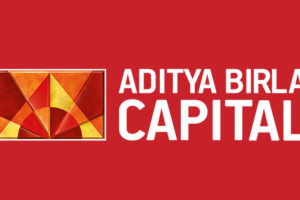The recent fiasco surrounding Franklin Templeton Mutual Fund investments would have been nerve-wracking for investors. The fund house closed redemptions for investors in six of its debt funds, which means many investors are still stuck holding units. Now, investors will get refunded as and when the bonds these funds hold are repaid.
However, the episode should not be the end of the world for debt fund investors. In fact, debt funds could still be a part of your investment profile. First, they provide the much-needed financial diversification you need. One cannot and should not invest in just equity products, or in real estate.
Second, interest rates are more likely to drift down and this is likely to provide a lift in returns on debt investments. There is surplus liquidity in the economy. Further, economic activity has slowed and so has inflation. This means that interest rates should remain soft for the foreseeable future.
When interest rates fall, debt funds generally see an uptick in the net asset values as bond prices rise. This usually tends to lift returns of bond funds.
Third, strategically positioned debt funds might be a good idea. If credit funds are too risky given that they invest in AA and below paper, then it is best to ignore this category. There is no point in going for about 100-basis points higher return in these circumstances if safety is what you are looking at.
Given the current economic conditions, one could look at sovereign debt funds, which may be a tad better because of their high quality of assets. Usually, sovereign debt funds usually hold debt paper of a longer duration. When a fund holds a higher duration of debt paper, returns usually are bumped up when interest rates fall. Of course, the opposite happens when rate rises because bond prices are falling.
Of course, triple AAA rated corporate bonds are also a better strategy during these unprecedented times. Investors in mutual funds should look at corporate bond funds that have more of a mix of higher-rated paper than lower-rated paper. Even though it may look like the yields are better in the lower-rated paper, the riskiness of this paper has increased in recent times.
Short- and medium-term debt funds with a large portion of high-rated paper will any day be better off than the low-risk paper. Some of the other liquid paper may also provide better liquidity when one needs it. These days, its better to be safe.




